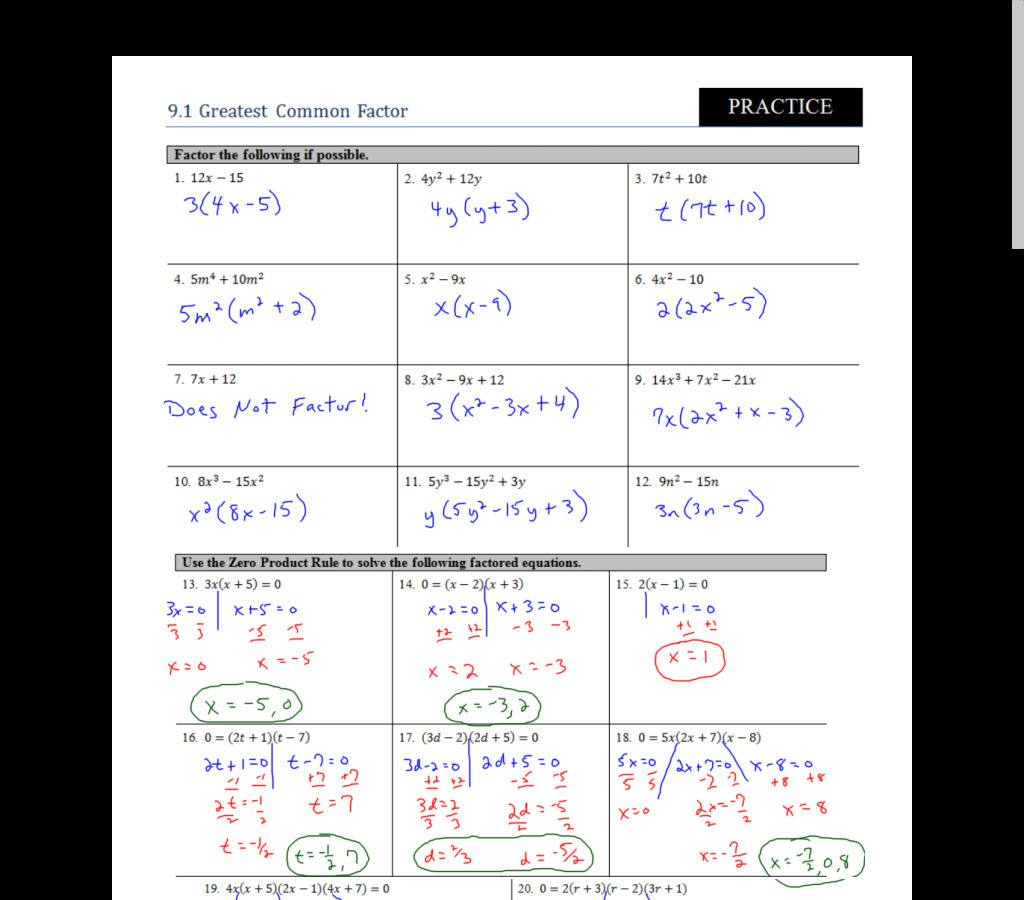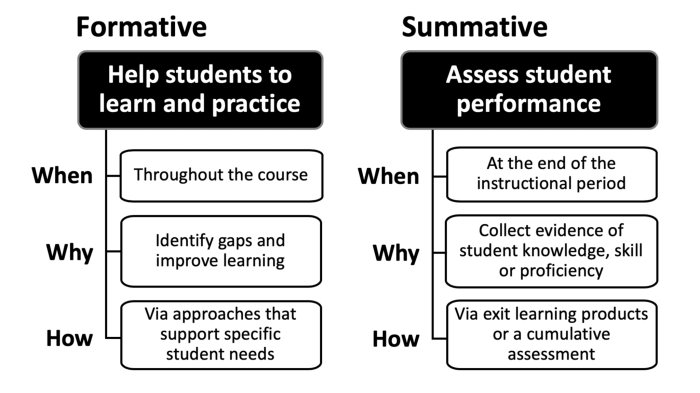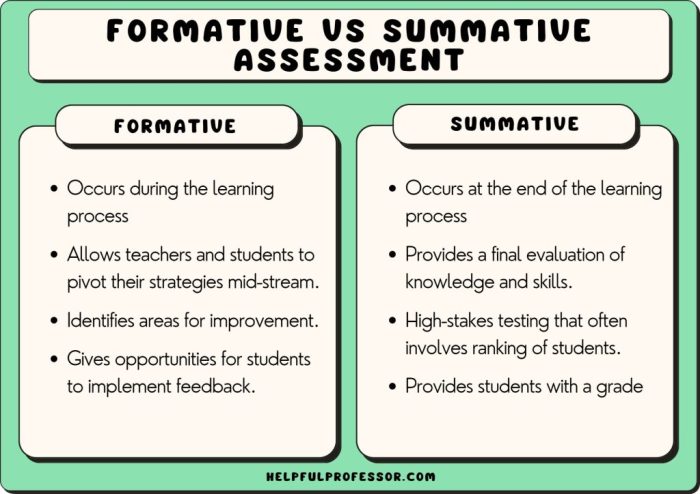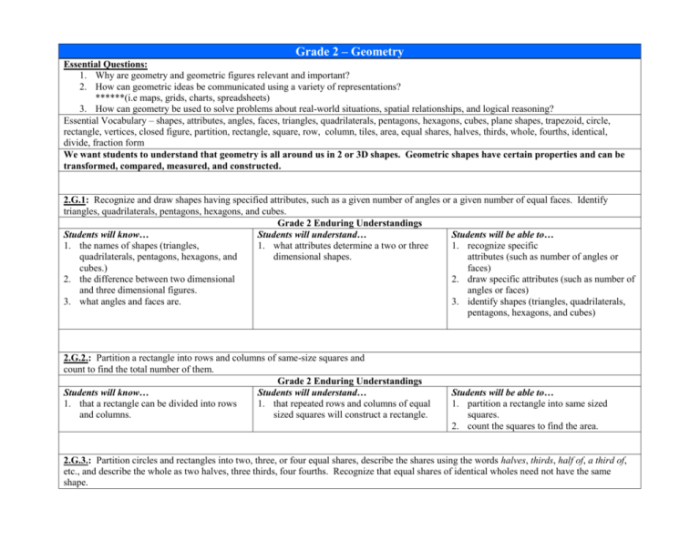In this comprehensive guide to Unit 2 Formative Assessment Common Core Geometry Answers, we delve into the significance of formative assessments in geometry education and their alignment with Common Core Geometry standards. We explore key concepts and skills assessed, various types of formative assessments, and techniques for analyzing student responses to identify areas of strength and weakness.
Furthermore, we discuss how to use formative assessment data to inform instruction and implement best practices for effective formative assessments in geometry classrooms.
Unit 2 Formative Assessment Common Core Geometry Answers: Introduction
Formative assessments play a crucial role in geometry education, providing teachers with insights into students’ understanding of key concepts and skills. They are designed to monitor student progress, identify areas of strength and weakness, and adjust instruction accordingly.
The Common Core Geometry standards for Unit 2 align with the formative assessment questions in this article, ensuring that assessments target the essential learning objectives.
Key Concepts and Skills Assessed

Unit 2 of Common Core Geometry covers fundamental concepts and skills, including:
- Triangle congruence
- Properties of parallelograms
- Similarity of triangles
li>Angle relationships and circle theorems
Formative assessment questions are designed to assess students’ understanding of these concepts and their ability to apply them in problem-solving situations.
Types of Formative Assessments: Unit 2 Formative Assessment Common Core Geometry Answers
Various types of formative assessments are used in geometry classrooms:
- Quizzes:Short, focused assessments that cover specific topics.
- Exit tickets:Brief questions or prompts that students complete at the end of class to assess their understanding of the day’s lesson.
- Student self-reflections:Opportunities for students to assess their own understanding and identify areas where they need additional support.
These assessments provide teachers with a range of data to inform their instruction.
Analysis of Student Responses

Analyzing student responses to formative assessments is essential for identifying areas of strength and weakness.
Teachers can:
- Identify common errors and misconceptions.
- Determine which students are struggling with specific concepts.
- Evaluate the effectiveness of their instructional strategies.
By carefully analyzing student responses, teachers can gain valuable insights into their students’ learning process.
Using Formative Assessment Data

Formative assessment data can be used to inform instruction in several ways:
- Adjusting lesson plans:Identifying areas where students need additional support allows teachers to adjust their lesson plans accordingly.
- Providing targeted support:Teachers can provide targeted support to students who are struggling with specific concepts.
- Evaluating instructional strategies:Formative assessment data can help teachers evaluate the effectiveness of their instructional strategies and make necessary adjustments.
By using formative assessment data effectively, teachers can improve student learning outcomes.
Best Practices for Formative Assessment

Effective formative assessments should:
- Be timely:Provide feedback to students while the learning is still fresh in their minds.
- Involve students in the process:Encourage students to reflect on their own understanding and set learning goals.
- Create a positive learning environment:Use formative assessments to support and encourage students, rather than punish them for mistakes.
By following these best practices, teachers can create a positive and productive learning environment where students can thrive.
Commonly Asked Questions
What is the purpose of formative assessments in geometry education?
Formative assessments provide timely feedback to students and teachers, helping identify areas of strength and weakness, adjust instruction, and improve student learning outcomes.
How are Common Core Geometry standards aligned with Unit 2 topics?
Unit 2 Formative Assessment covers key concepts and skills aligned with Common Core Geometry standards, including transformations, similarity, congruence, and measurement.
What types of formative assessments are used in geometry classrooms?
Formative assessments in geometry classrooms include quizzes, exit tickets, student self-reflections, observations, and peer assessments.
How can formative assessment data be used to inform instruction?
Formative assessment data helps educators identify areas where students need additional support, adjust lesson plans, and provide targeted interventions.
What are best practices for implementing effective formative assessments in geometry classrooms?
Best practices include providing timely feedback, involving students in the assessment process, creating a positive learning environment, and using a variety of assessment methods.